Walinska’s Story
Anna Walinska was a wonderful story-teller. At family gatherings, she often fascinated the children by sharing some history of their grandparents or tales of her own life’s adventures. Known for her exhilarating joie de vivre, her life and art spans the century of American modernism, paralleling the history of the New York school and the American Jewish experience. A prolific painter, she created more than 2000 works on canvas and paper over the course of her lifetime.
Born in London in 1906, Walinska was the daughter of labor leader Ossip Walinsky and sculptor-poet-activist Rosa Newman. In 1914, the family moved to New York, where their home in Brooklyn became a magnet for the Russian intelligentsia. Emma Goldman was a frequent visitor in their living room.
At the age of 12, AW (as she would later sometimes sign her work) enrolled first at the National Academy of Design and then at the Art Students League. Her oldest known work is a watercolor dated 1918.
In 1926, the irrepressible adventuress left home for Paris, much to her father’s chagrin, and took up residence on the Left Bank at 67 Rue Madame, around the corner from Gertrude Stein. She studied with Andre L’Hote, befriended Poulenc and Schoenberg, and exhibited at the Salon des Independents. A drawing she made of Picasso in a café was not seen from the time she left Paris circa 1930 until after her death in 1997, when it was discovered in a still-sealed box in the Upper West Side apartment where the family moved in the 1940’s.
In the WPA years, Walinska founded the Guild Art Gallery at 37 West 57th Street, where she gave Arshile Gorky his first New York City one-man show. Other artists exhibited at the gallery included Raphael Soyer, Boris Aronson, Chaim Gross, Lloyd Ney, Zygmunt Menkes, and Theodore Roszak. Though she was not a strong promoter of her own work, she took particular pride that when Art News reviewed a group show in 1936, it was Walinska’s Portrait of Emily (1932) which was chosen to illustrate the piece.
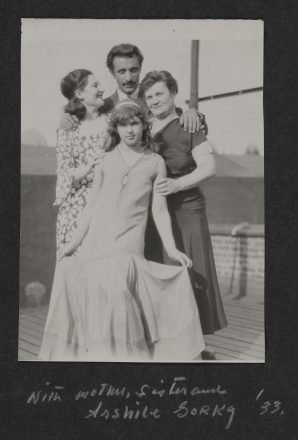
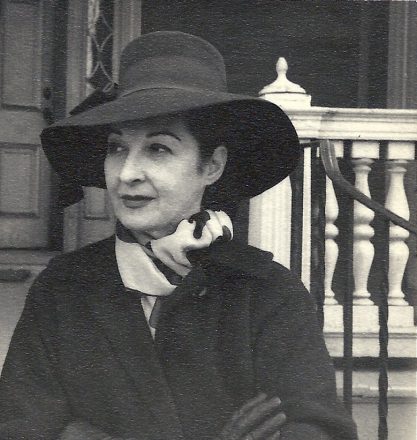
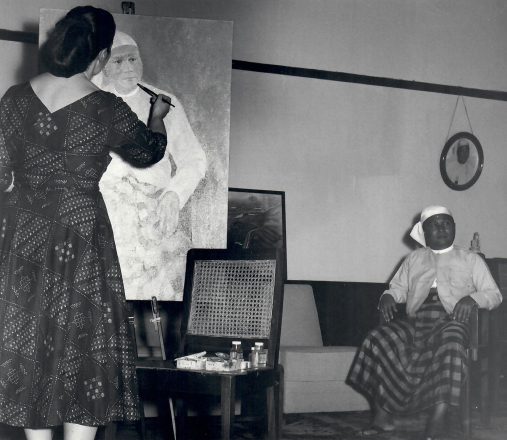
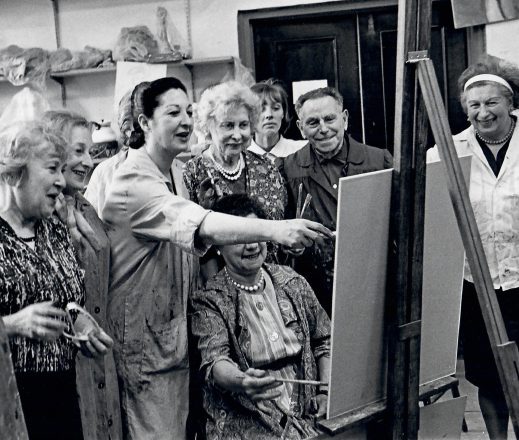
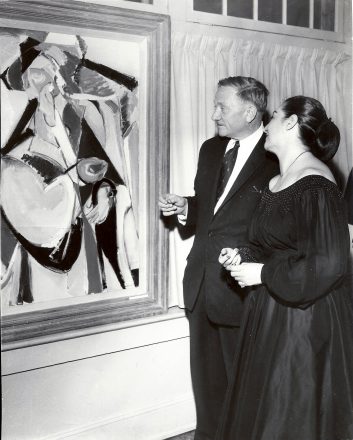
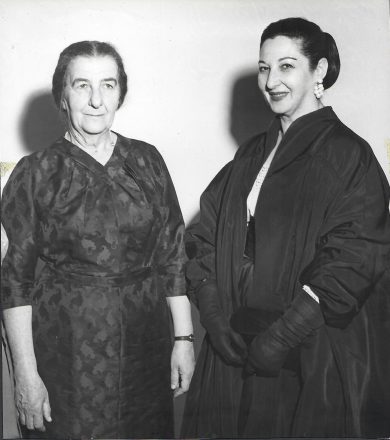
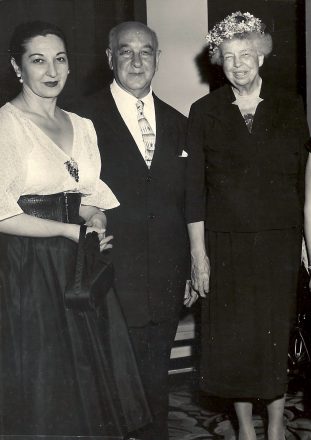
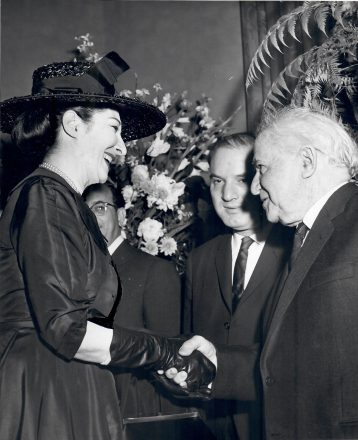
Walinska’s work was included in the American Artists’ Congress first annual membership exhibition in 1937. Subsequent group shows in her early years included: Artists for Victory, Metropolitan Museum of Art, 1942; Paintings of the Year, 1946, National Academy of Design; Recent Drawings USA, Museum of Modern Art, 1956; Baltimore Museum of Art, 1957; and numerous exhibitions organized by the American Federation of Modern Painters & Sculptors and the National Association of Women Artists.
Walinska appeared in the Yiddish Theatre, performed with a Flamenco dance troupe, and served as Assistant Creative Director of the Contemporary Art Pavilion at the 1939 World’s Fair. The people and places that comprised the story of her life – her family, the painters, musicians, dancers, and political figures – became part of the fabric of Walinska’s paintings, both figurative and abstract. Her portraits of prominent artists of the New York School are found in major museum collections – including those of Gorky in the Smithsonian American Art Museum and the Johnson Museum at Cornell, drawings of Mark Rothko in the National Portrait Gallery and the Magnes Museum in Berkeley, and portraits of Louise Nevelson in both the National Museum of Women in the Arts and the Magnes.
Walinska journeyed around the world in 1954-55 – by herself, in the era of prop planes – and kept a diary which is now in the collection of the Smithsonian Archives of American Art. These writings detail a six-month period, when she stopped in a dozen countries, including a four-month stay in Burma, where her brother Louis Walinsky was economic advisor to Prime Minister U Nu. Her experiences in the East added to her family Jewish heritage and her early years in Paris to inform her life’s work.
Walinska created a large body of work on the theme of the Holocaust, long before there existed museums and memorials where this work might hang for people to view it. Paintings from this series were not publicly shown until Walinska’s solo retrospective at the Jewish Museum in 1957, and were eventually exhibited as a group of 93 works at the Museum of Religious Art at the Cathedral of St. John the Divine in a 1979 retrospective. Walinska’s Holocaust work is now in numerous prominent collections, including the United States Holocaust Memorial Museum and Yad Vashem.
At the same time, Walinska continued to show alongside prominent painters of the day, including a 1959 group show at the Baltimore Museum of Art, where her work appeared in the company of Fernando Botero, Wifredo Lam and William Scott. She became a teaching artist in residence at the Riverside Museum, where she exhibited through 1971, when the Riverside collection, including two of her paintings, moved to the Rose Art Museum at Brandeis University.
Walinska followed fashion and style with a passion, but never let what was “IN” stand in the way of her creation of a style all her own. She is remembered for her unforgettable life, the stories she lived and shared, her generosity in nurturing others, and her always-spectacular hats. Her life was like the collages she worked on for the better part of her 91 years – a patchwork of the everyday and the unique, pulled together into something larger with a deeper meaning.